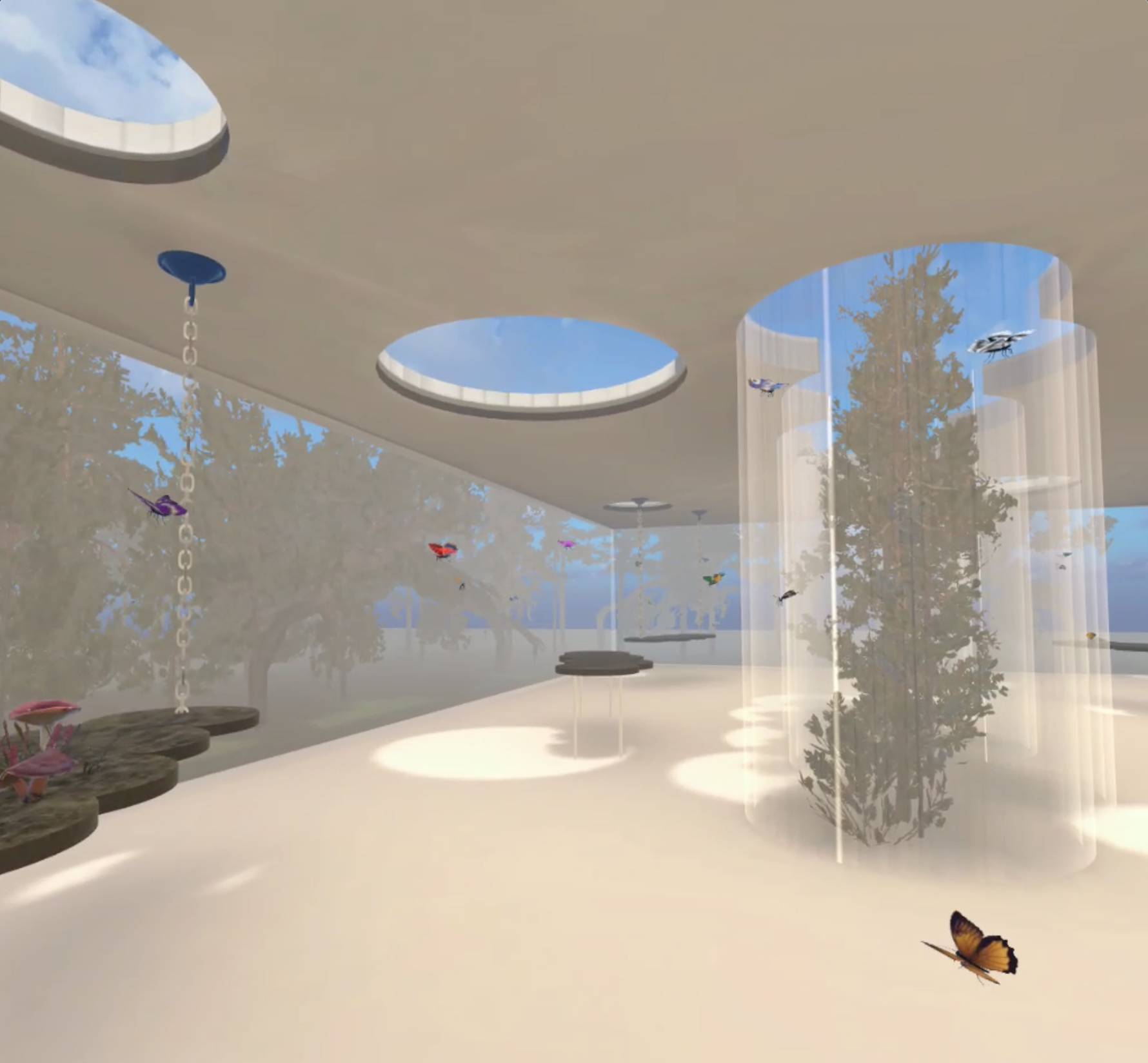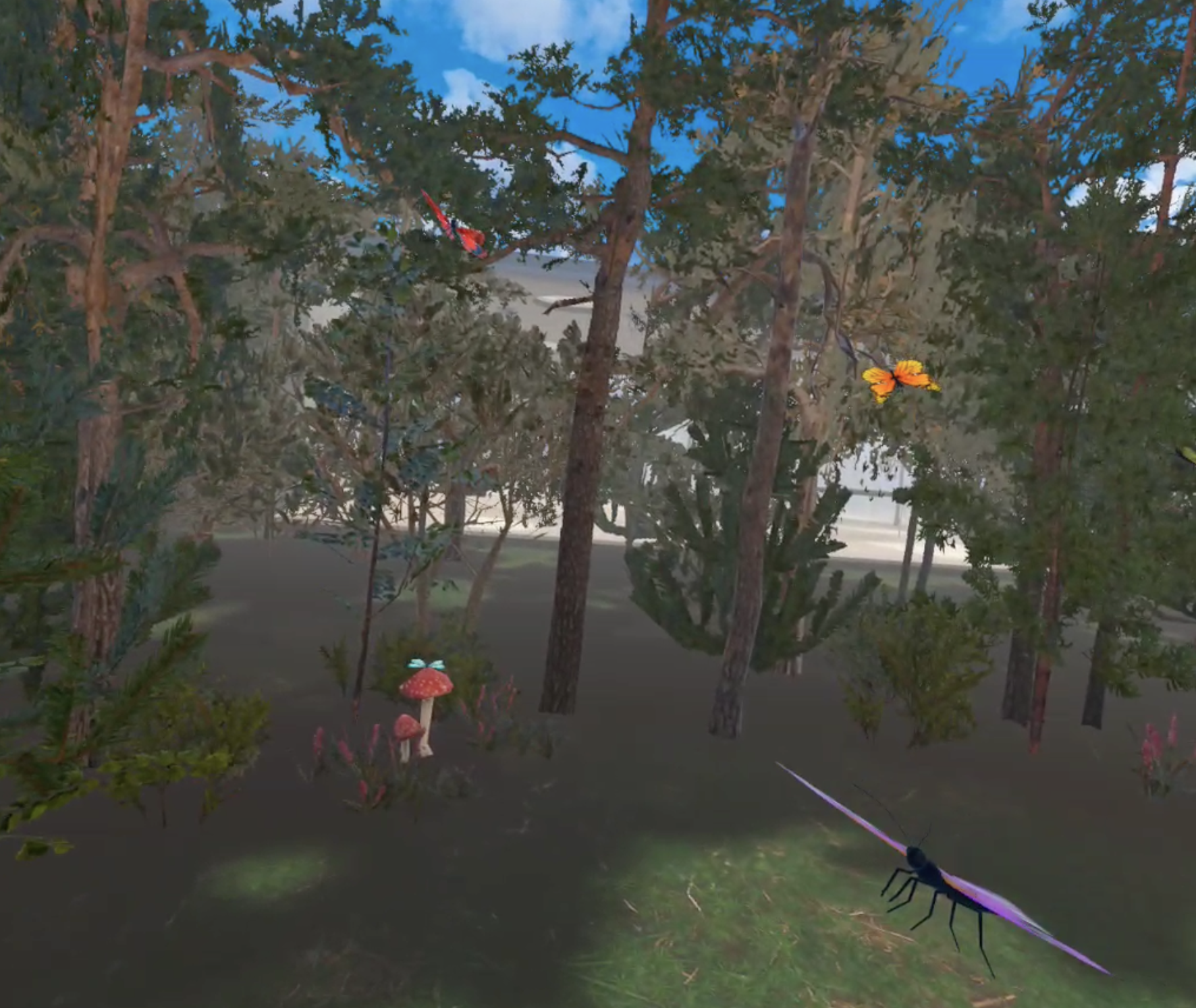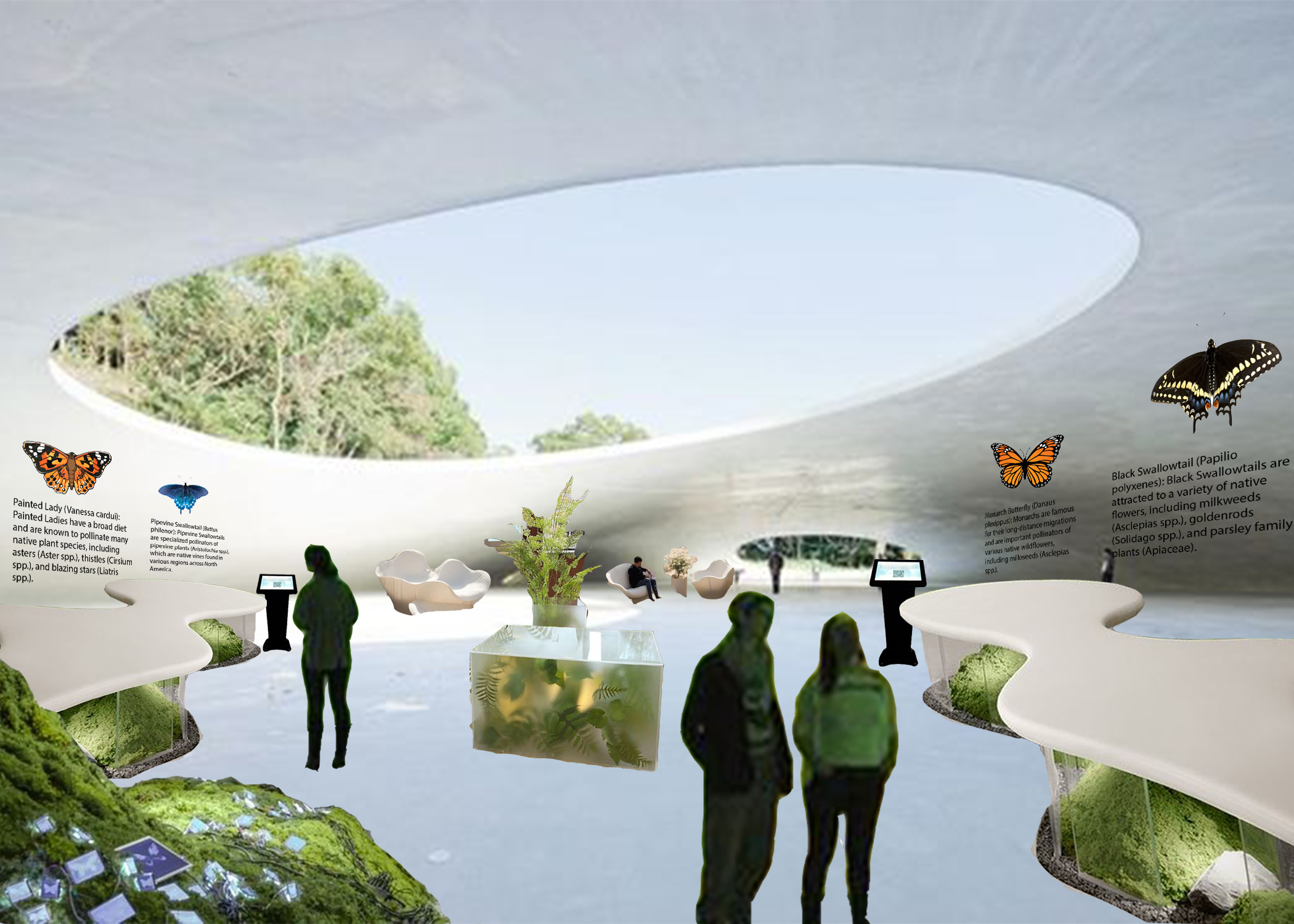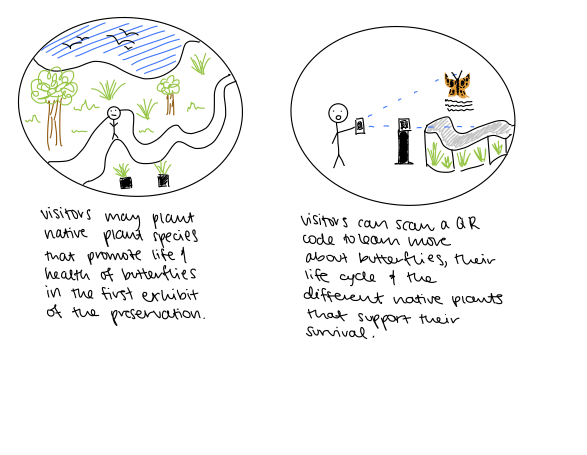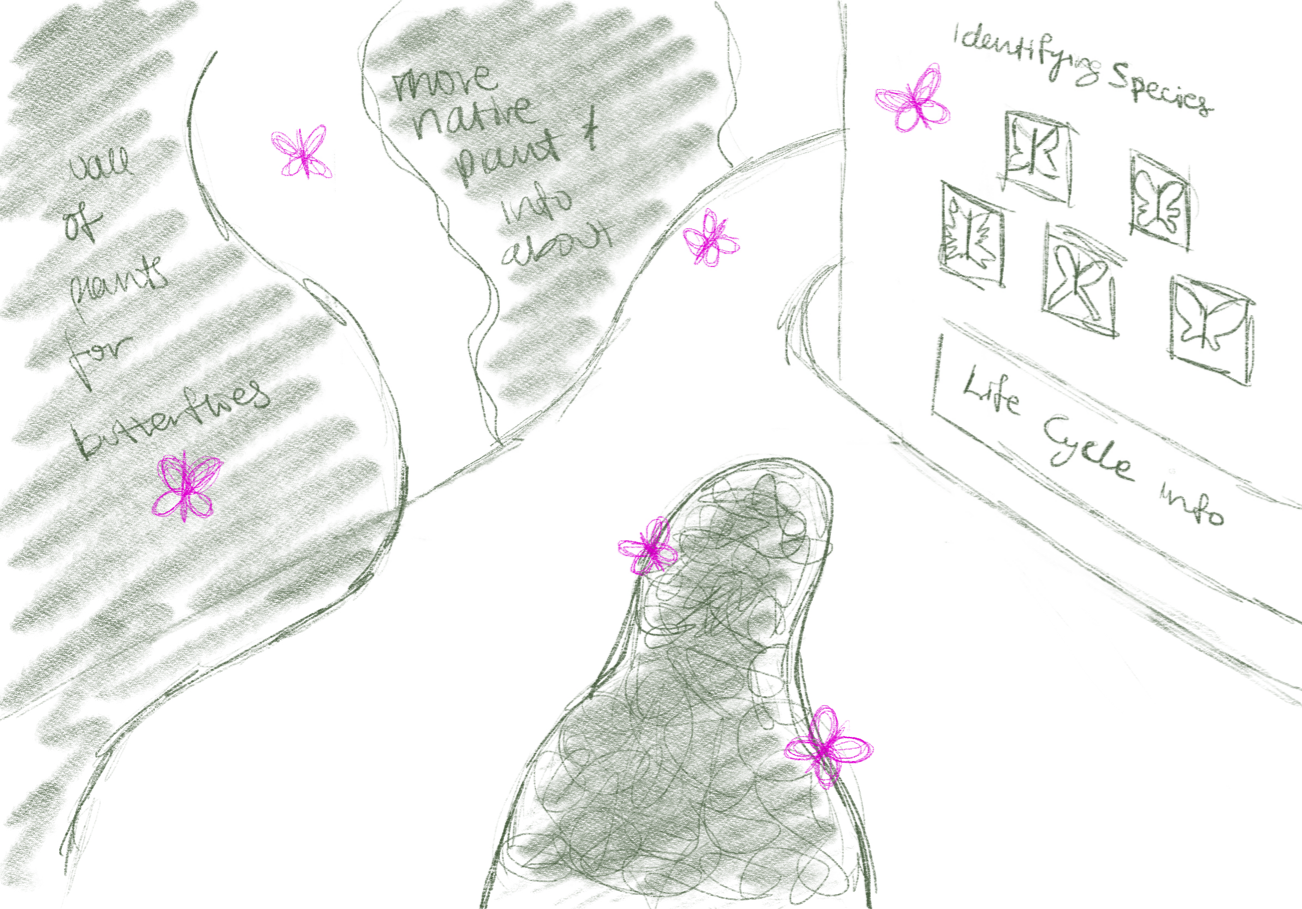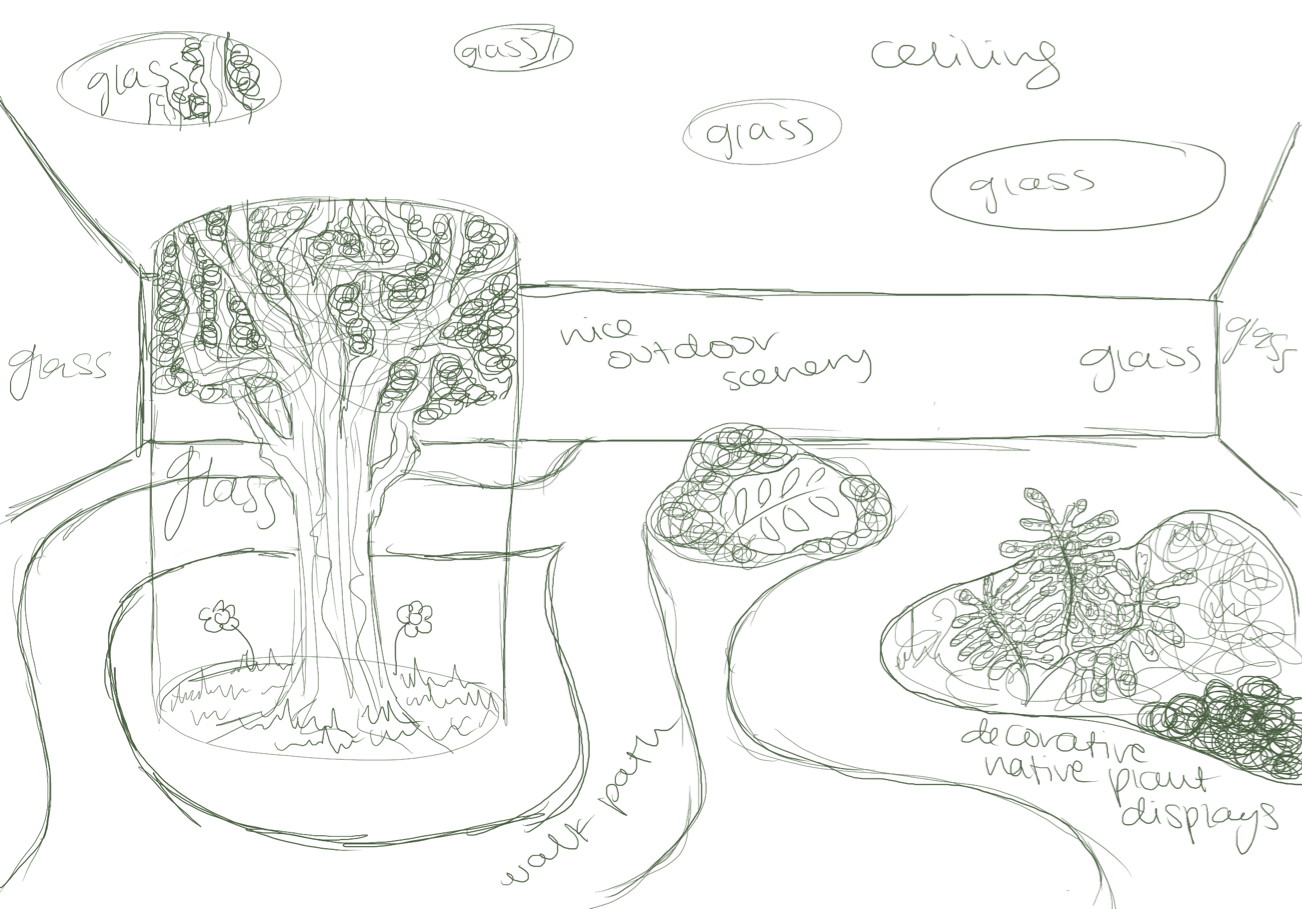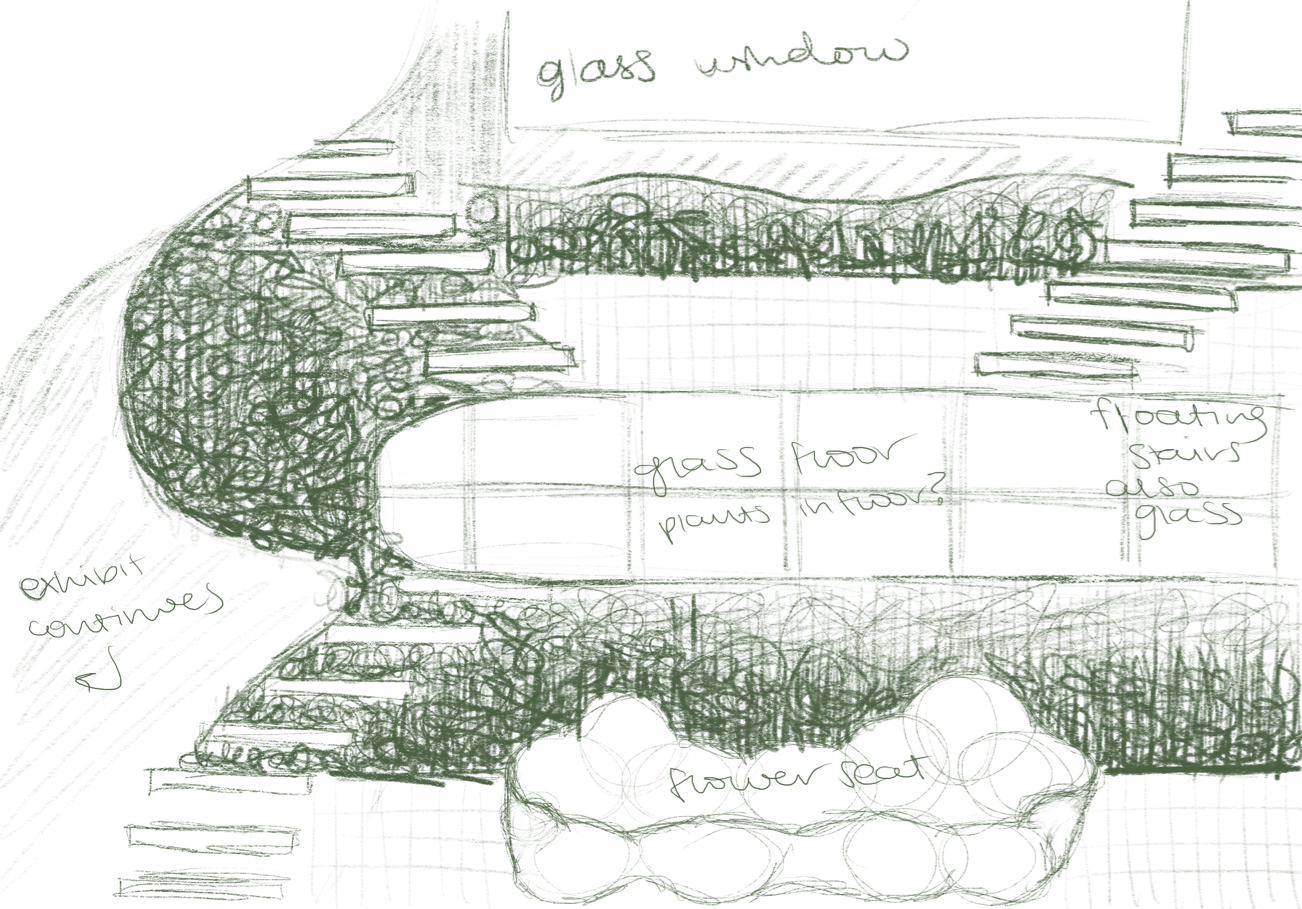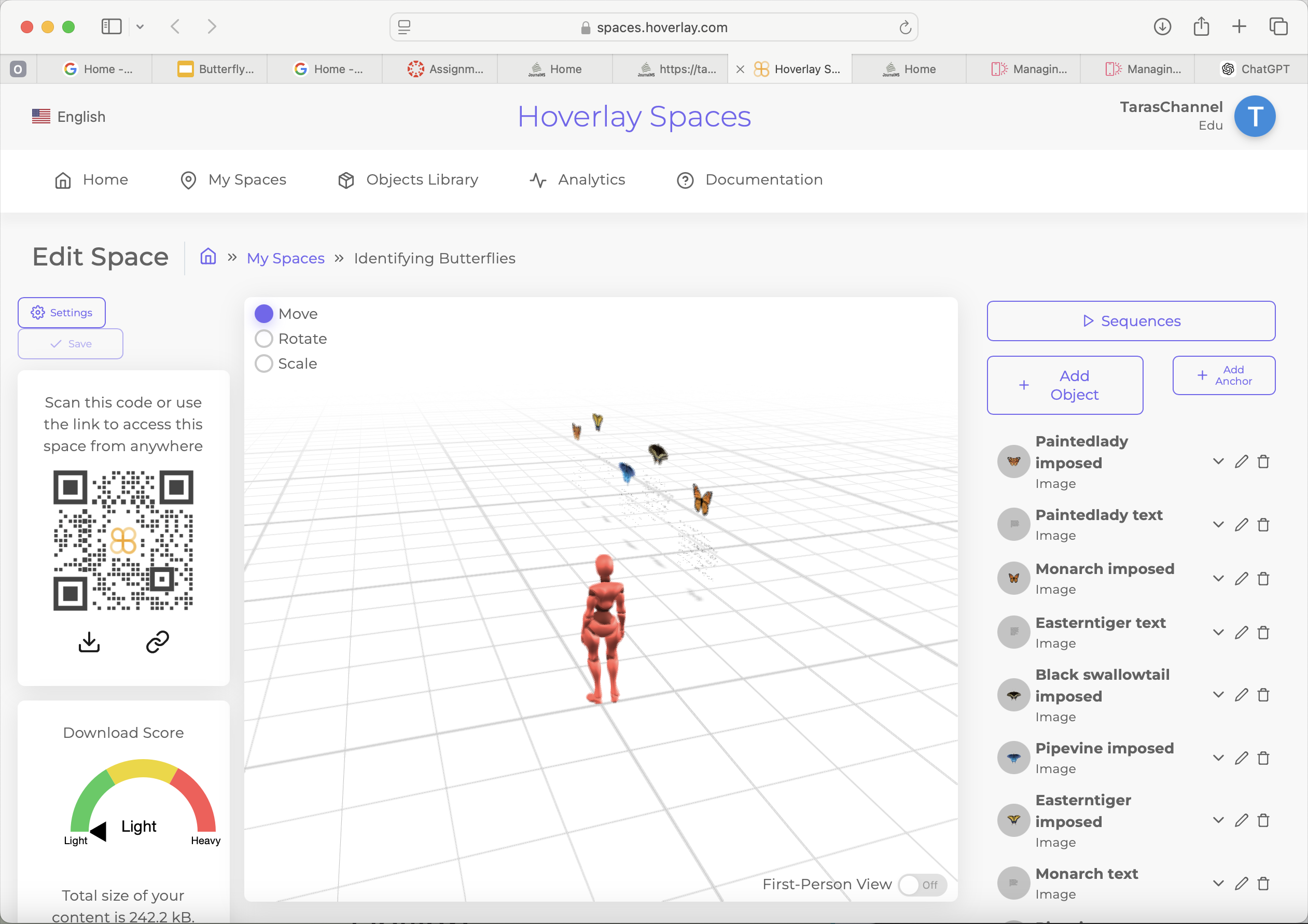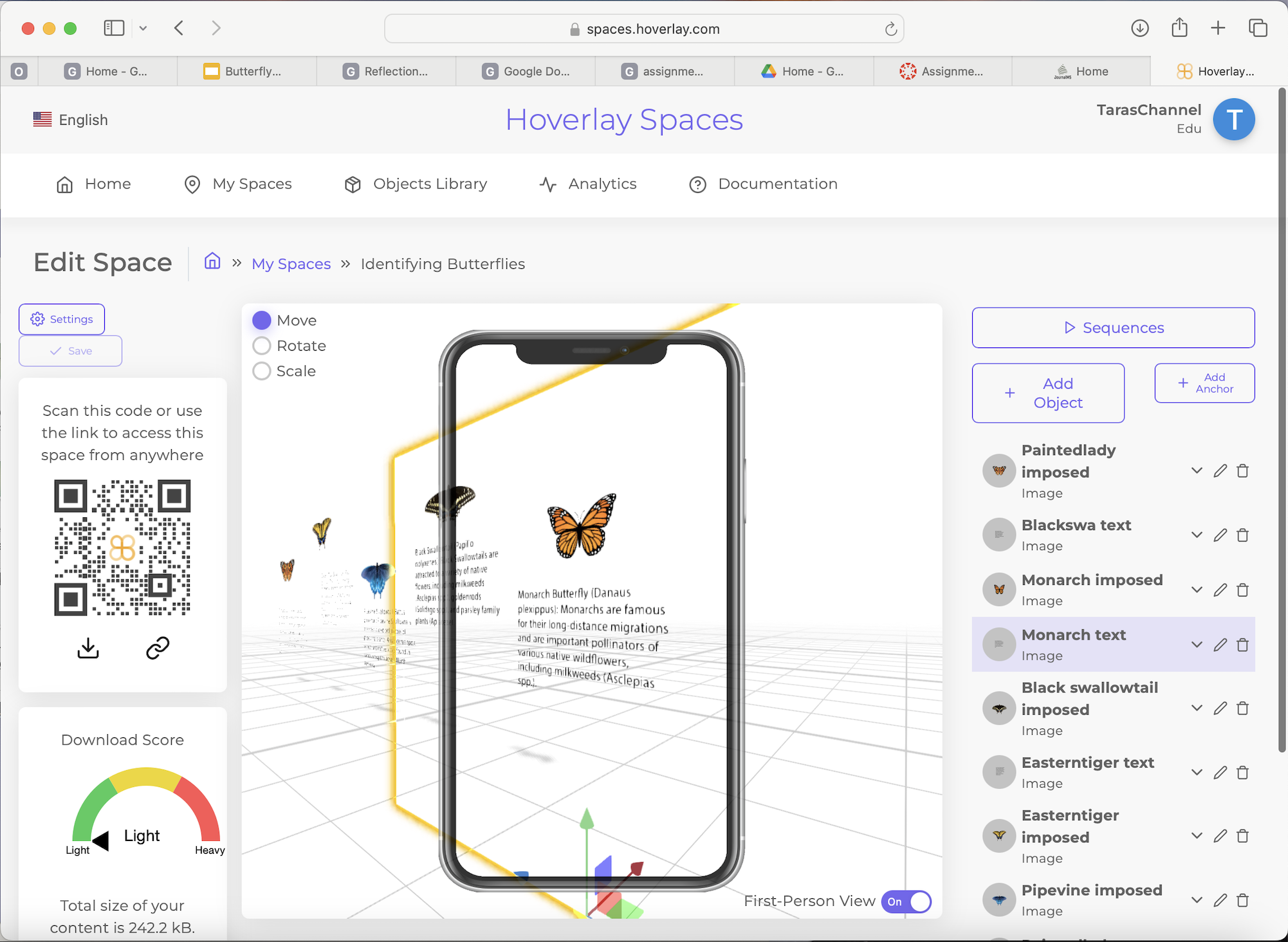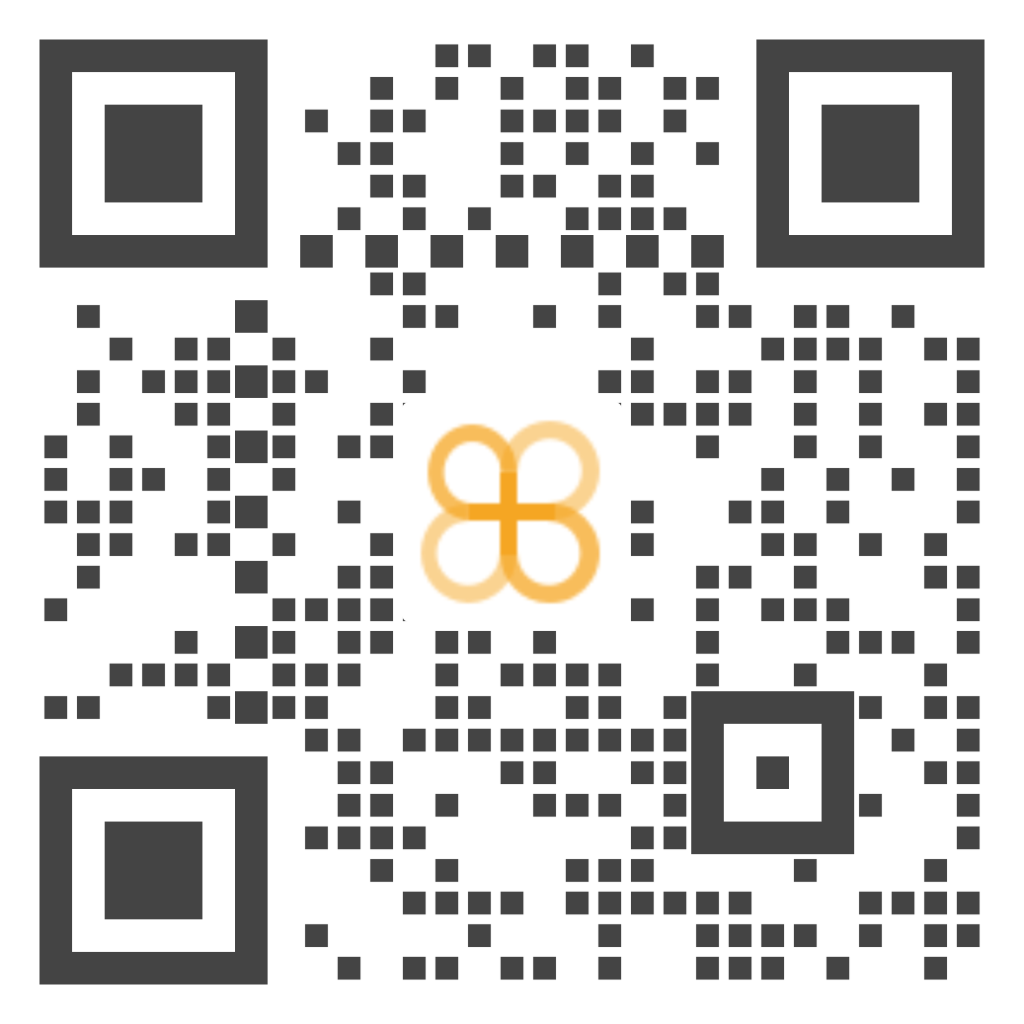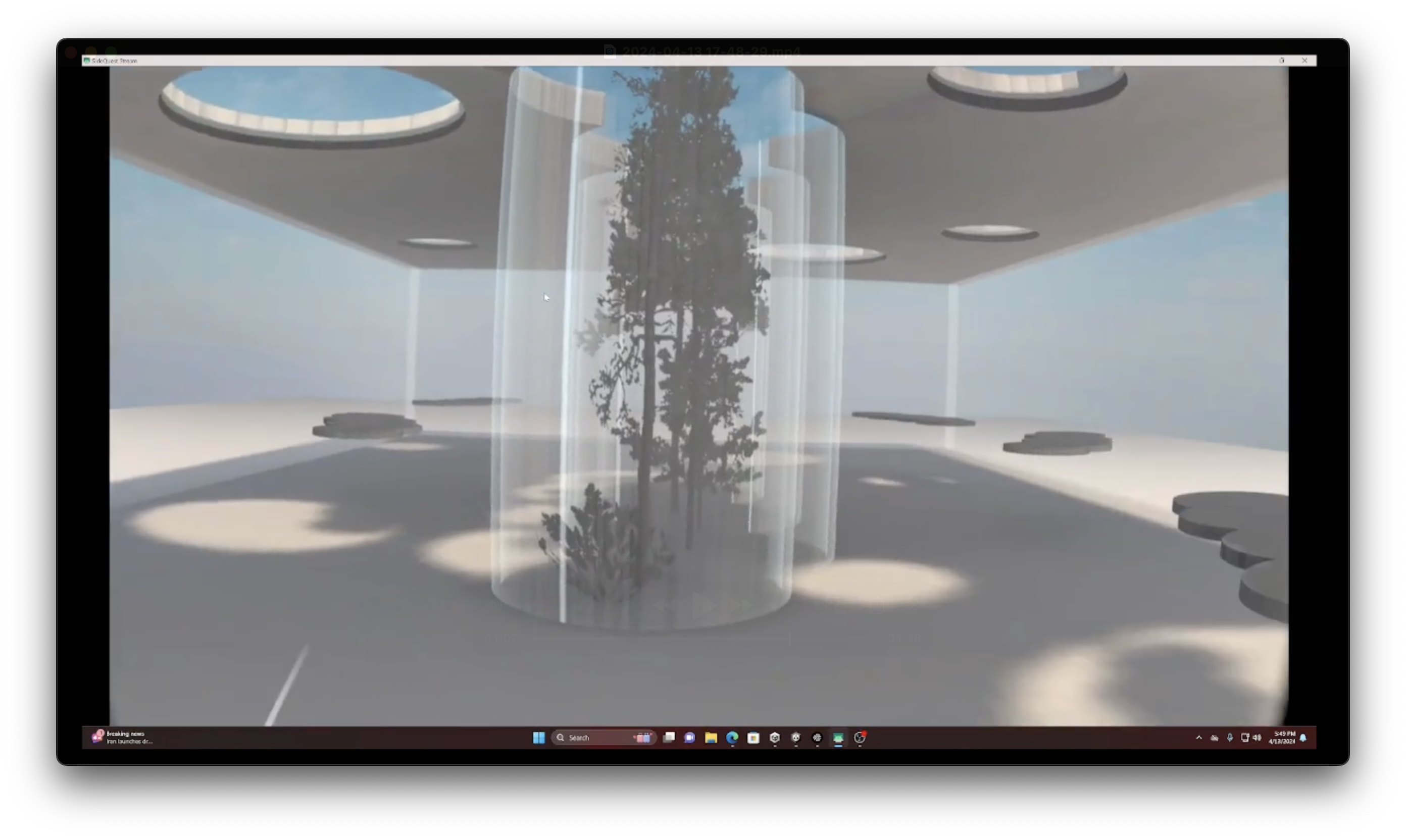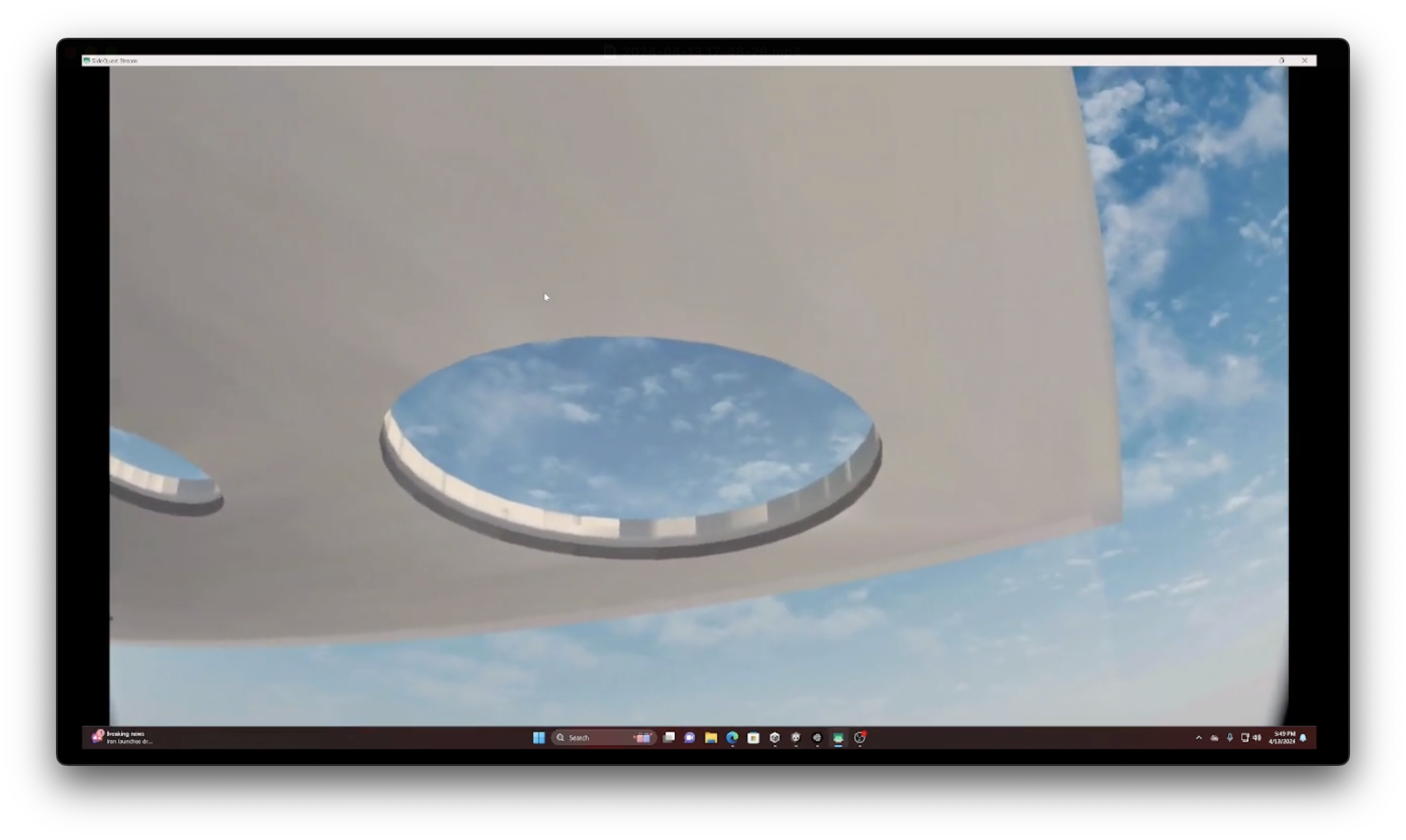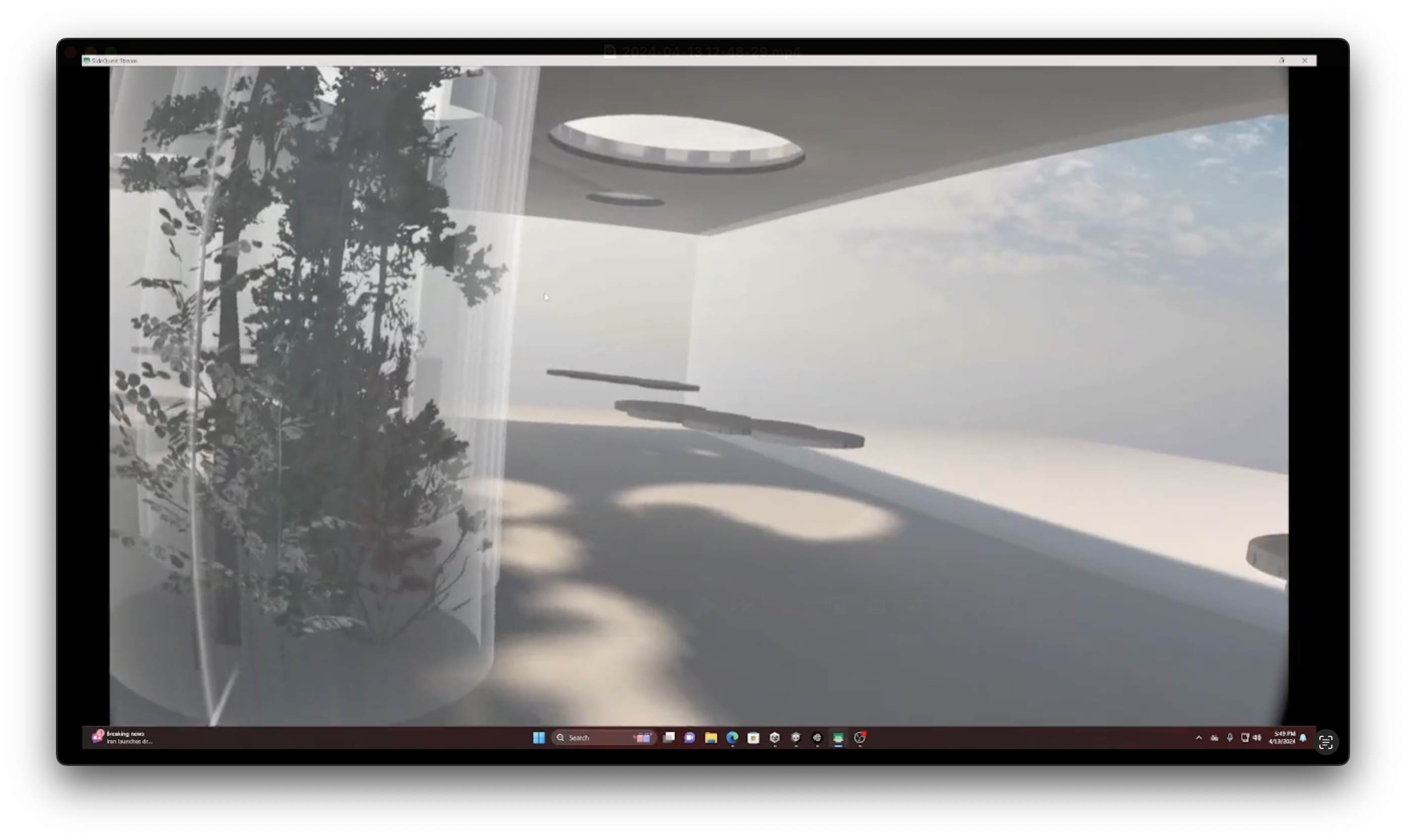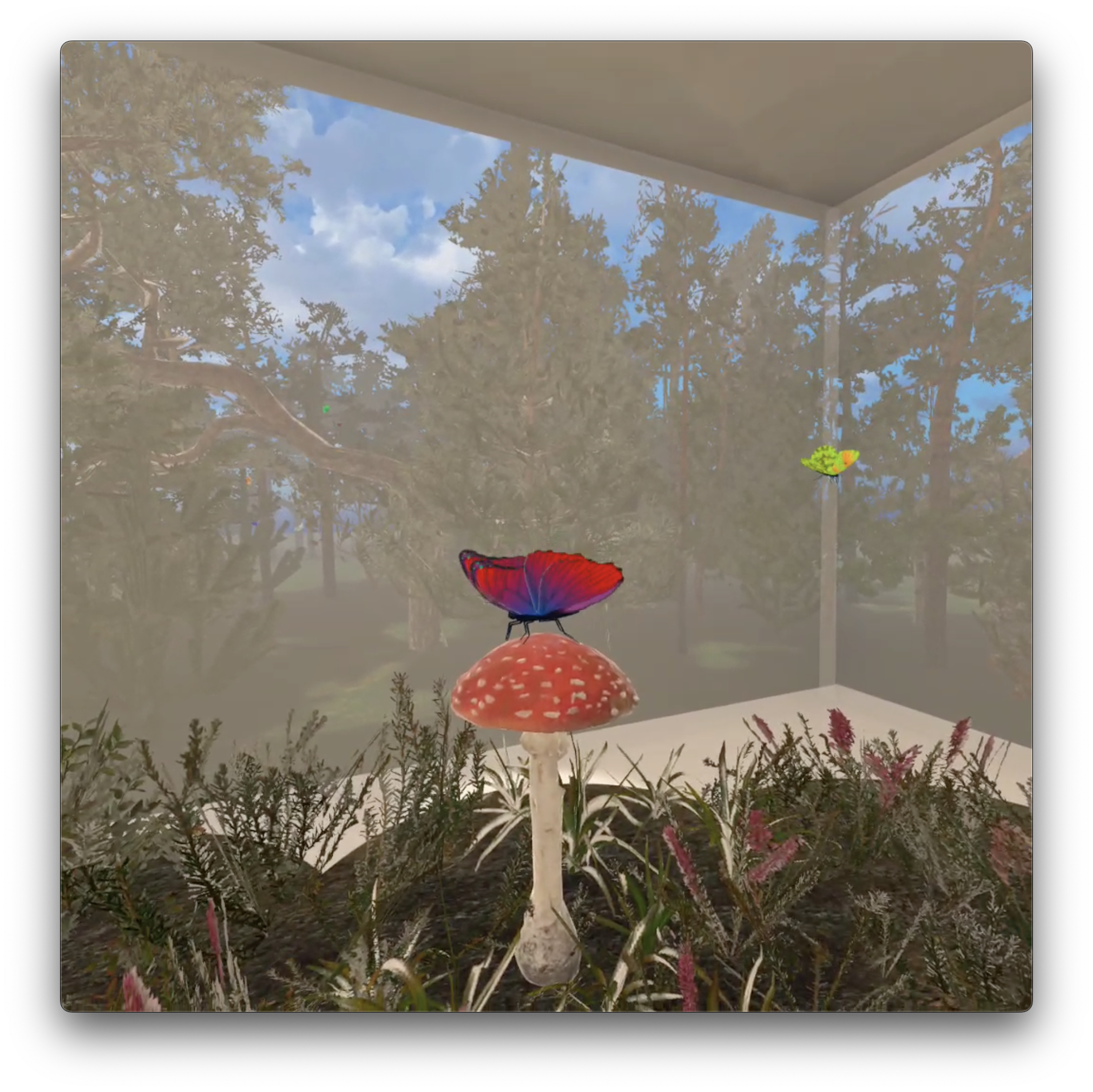Background
In urban environments, opportunities to connect with nature are limited, and biodiversity is often neglected as city infrastructures expand. Butterflies, among nature's most vibrant pollinators, face declining populations due to habitat loss, climate change, and urbanization. Their decline signifies not only a reduction in biodiversity but also a direct impact on ecosystems and human food systems, where pollinators play a critical role in sustaining plants essential for agriculture and ecological health.
Inspired by the need to bridge this gap in ecological literacy, this project seeks to create an informative urban butterfly garden and museum exhibit—a space where visitors can engage with butterflies through interactive and immersive Augmented Reality and Virtual Reality experiences. By exploring this environment in which butterflies are given a space to flourish, individuals are invited to understand butterflies– not merely as creatures of beauty– but as indicators of environmental health and key contributors to urban ecosystems. My project aims to encourage actions that support urban biodiversity, fostering community-led initiatives that aid in butterfly conservation and habitat creation within urban contexts.
Assignment
Designing an Environmental Knowledge Experience
Team
Tara Farzin
Date
Feb. 2024 - Apr. 2024
Tools
Hoverlay Spaces
Unity 3D
Meta Quest 2
Photoshop
Blendr
